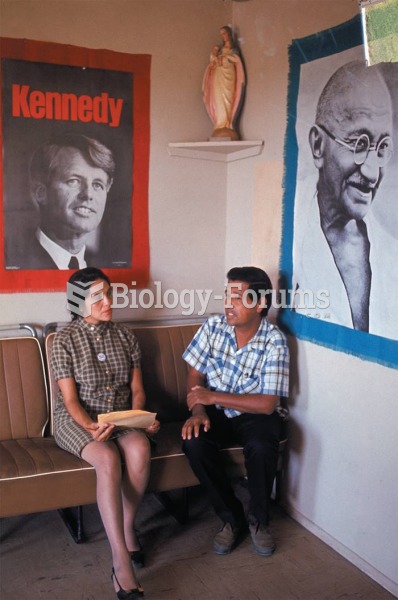Answer to Question 1
10 Clearly describe the cognitive processes that affect a child with ADHD including behavior and thought processes. Accurately explain the impact on academic and social skills and their educational and social implications.
8 Describe the cognitive processes that affect a child with ADHD, including behavior and thought processes. Explain the impact on academic and social skills and their educational and social implications.
6 Unclearly describe the cognitive processes that affect a child with ADHD, including behavior and thought processes. Adequately explain the impact on academic and social skills and their educational and social implications.
4 Unclearly and with few details describe the cognitive processes that affect a child with ADHD, including behavior and thought processes. Inadequately explain the impact on academic and social skills and their educational and social implications.
2 Unclearly and inaccurately describe the cognitive processes that affect a child with ADHD, including behavior and thought processes. Inaccurately explain the impact on academic and social skills.
Answer to Question 2
10 Clearly define ADHD, identifying its separate subtypes. Compare and contrast these. Provide a well-articulated rationale for how you would adapt your classroom and curriculum. Use brief examples to support your adaptations.
8 Define ADHD, identifying its separate subtypes. Compare and contrast these. Provide a rationale for how you would adapt your classroom and curriculum. Use brief examples to support your adaptations.
6 Define ADHD, unclearly identifying and comparing its separate subtypes. Provide a rationale for how you would adapt your classroom and curriculum. Use some examples to support your adaptations.
4 Define ADHD, unclearly and inaccurately identifying and comparing its separate subtypes. Do not provide a rationale for how you would adapt your classroom and curriculum. Use some irrelevant examples to support your adaptations.
2 Define ADHD, unclearly and inaccurately not identifying and comparing its separate subtypes. Do not provide a rationale for how you would adapt your classroom and curriculum. Do not provide examples.








